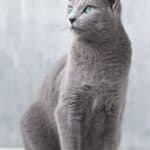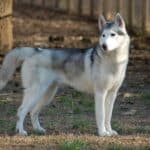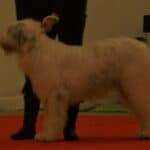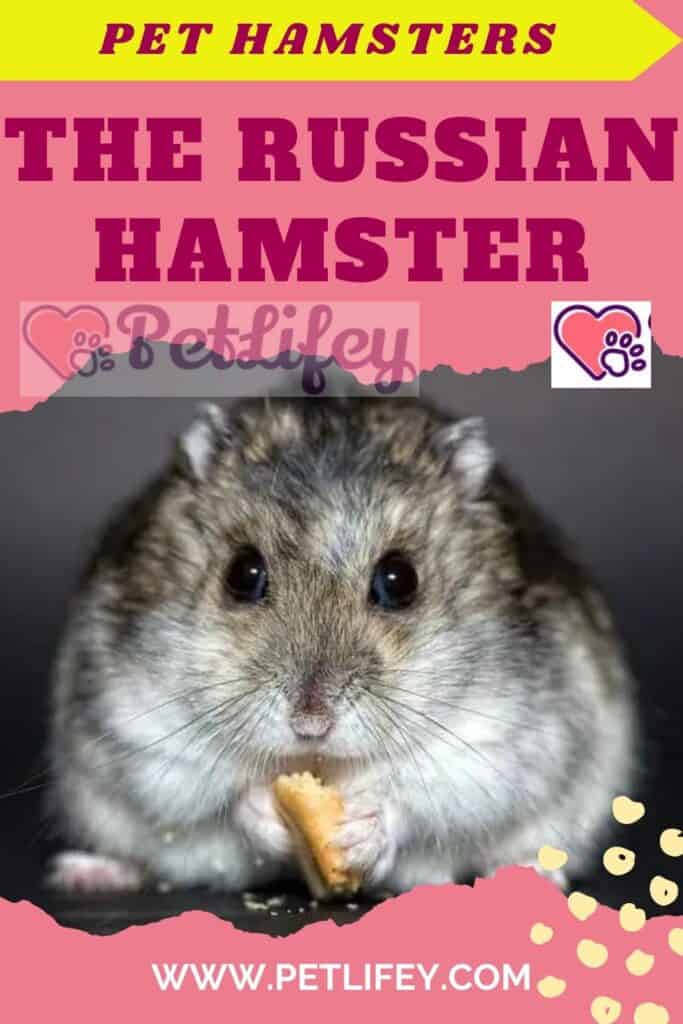
The Russian hamster is, perhaps next to the golden hamster, the most popular and appreciated in the world by lovers of these little rodents. It is one of the easiest to find, so if you are considering having a hamster as a pet, the Russian is one of the best options to consider. We talk about them!
Characteristics of the Russian Hamster
The Russian hamster is often known as the Campbell’s , but the truth is that, although they have a relevant genetic similarity, they are two different breeds. The Russian is smaller, measuring between 6 and 11 cm and weighing between 30 and 50 grams.
They have two sacks on their cheeks, called pockets, in which they accumulate provisions of food ; This is very useful when they live in the wild, since it helps them to transport it to their burrow.
The Russian hamster’s coat is abundant, soft, and dense. There are several colors in the breed: gray with a dark dorsal stripe, bluish-gray, and white with or without a dorsal line. In recent years, due to crossbreeding with Campbell hamsters, new hues have emerged. The Russian hamster has the ability to change its coat during winter: it becomes thicker, to protect itself from the cold, and white to camouflage itself in the snow.
Nature of the Russian hamster
It is a docile breed, but it may not be the best option if it is the first time you are going to have a hamster , since they are very restless and small, which makes handling difficult.
They have a great territorial instinct, so you have to be careful if you are going to have several in the same cage. The best are mixed pairs, or a single male and several females. Never put two males together, they will fight to the death! On the other hand, if it is the first time and you decide to have a Russian, it is better that you only take one to start. In addition, this way you will also avoid litters.
Apart from all this, the Russian hamster is fun, friendly and affectionate, and adapts well to life with humans. However, from time to time there are cases of females that begin to be more aggressive as they age.
Russian hamster care
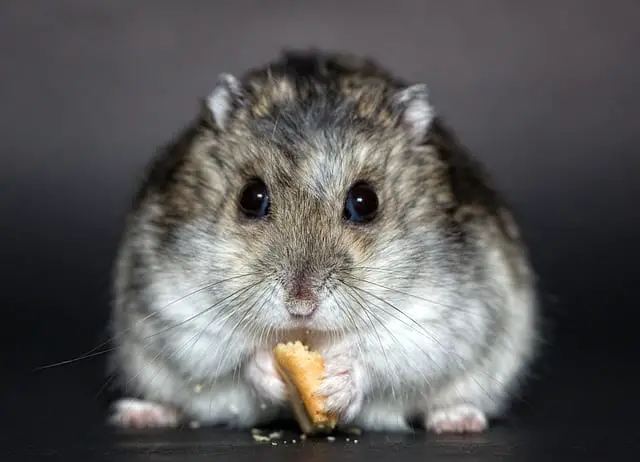
The Russian hamster’s diet is the usual among these rodents: a base of seeds and cereals complemented with fresh vegetables and fruits. Ideally, you should alternate the vegetables so that your diet is as balanced as possible. Don’t go overboard with the fruit! Better only a couple of times a week, since excess sugar does not suit them; the Russian hamster is prone to diabetes.
To create their home, the best are methacrylate cages, terrariums or tuppers , since barred cages tend to gnaw on them non-stop and can hurt themselves. However, there are barred cages that will be safe, with horizontal bars and a smooth base. However, not all hamsters have a habit of gnawing. Make sure that the cage is not too high or they could fall and kill themselves.

